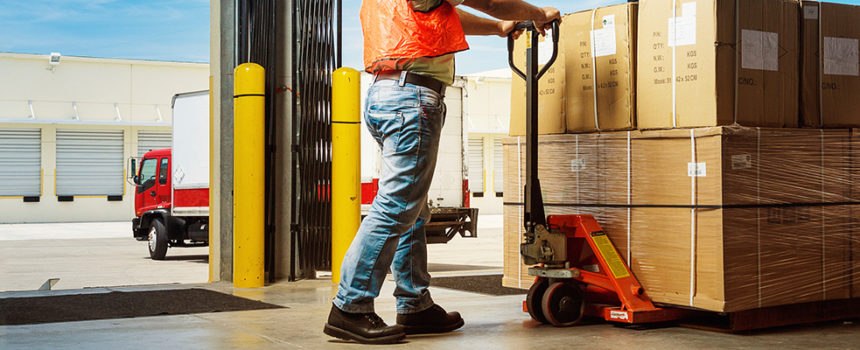Supply chains have always been vulnerable to various sources of disruption, like natural disasters and geopolitical conflict. However, the fallout from the coronavirus pandemic is putting an unprecedented strain on supply chains worldwide. It’s also redefining what it means to be truly prepared for sustained challenges to “business as usual.”
While there’s no way to accurately predict what the future holds, it’s safe to assume some degree of disruption will rear its head semi-regularly. Businesses that want to exist in the future need to start taking measures now to strengthen their supply chains against disruption.
Here are four tips to help enterprises get started.
Proactively Put Together a Risk Contingency Plan
The first order of business is revisiting your risk contingency plan. Put it this way: The moment to figure out your building has no evacuation plan isn’t after the fire alarm sounds; it’s well before. As one CEO writes for Supply Chain Management Review, a “disruption mindset” — in which change is a given and all planning efforts require speedy revision as new data rolls in — allows companies to adapt to these types of situations.
Here’s one example of a contingency plan in action following the emergence of COVID-19 in China: Within a day, Colgate Palmolive was able to communicate with their Latin American plants to back up European, U.S. and Chinese production of toothbrushes. The plan also called for China to back up other global plants as soon as the virus started affecting production elsewhere.
The key? Making sure your contingency plan contains stages beyond a first-wave response so your company is able to keep rolling with the punches.
Increase Visibility into the Supply Chain for Stakeholders
Making smart, timely decisions ahead of a crisis — or in the aftermath — requires increasing visibility for a wide array of stakeholders into every stage of the supply chain. And this step depends on optimizing your company’s approach to data.
Breaking down silos is an essential aspect of allowing stakeholders to ask prudent questions when it counts — queries that will more than likely depend on pulling information from different sources. If customer data is siloed disparately from sales data, which in turn is siloed separately from finance data it’s going to be impossible for stakeholders to get the speedy answers they need to defend the supply chain.
A centralized supply chain analytics platform brings different sources together while maintaining one consistent version of the truth throughout. It also reduces the time to insight, as stakeholders can interface with data directly rather than having to run questions through data gatekeepers. This allows teams to ask unlimited follow-up questions in an agile manner, and get results based on all relevant data sources to convert their findings into prudent action when it counts.
Automate Data Mining to Find New Opportunities
Giving decision-makers direct access to extensive data insights is a necessary first step. But not every valuable idea stems from a direct query. Opportunities hidden within data may require hours upon hours to extract manually, or for a stakeholder to come up with the right question to ask.
This is precisely why artificial intelligence and machine learning are a crucial component of advanced data analytics today. Algorithms can mine millions of rows of data in seconds, pick out patterns, and push potentially useful insights to teams in straightforward language, allowing them to capitalize on opportunities relevant to strengthening the supply chain.
Despite the advantages, according to supply chain professionals, only about 12 percent of organizations are currently harnessing AI — although more than half (60 percent) expect to be using it within five years.
Increase Supplier Diversification Before Disaster Strikes
There’s a reason it’s often wise to hedge your bets — and supply chain disruptions originating from China have only reinforced this lesson. Building a diversified supply chain is an important protection against disruptions heavily affecting one country or geographical region. Look for alternatives and backups before disaster strikes so you have the setup to meet demands.
The supply chain may always be vulnerable to disruption from numerous sources, but preparing a contingency plan ahead of time, optimizing data to drive speedy decision-making, and diversifying suppliers will go a long way toward stabilizing it.












Comments (1)
This is the best